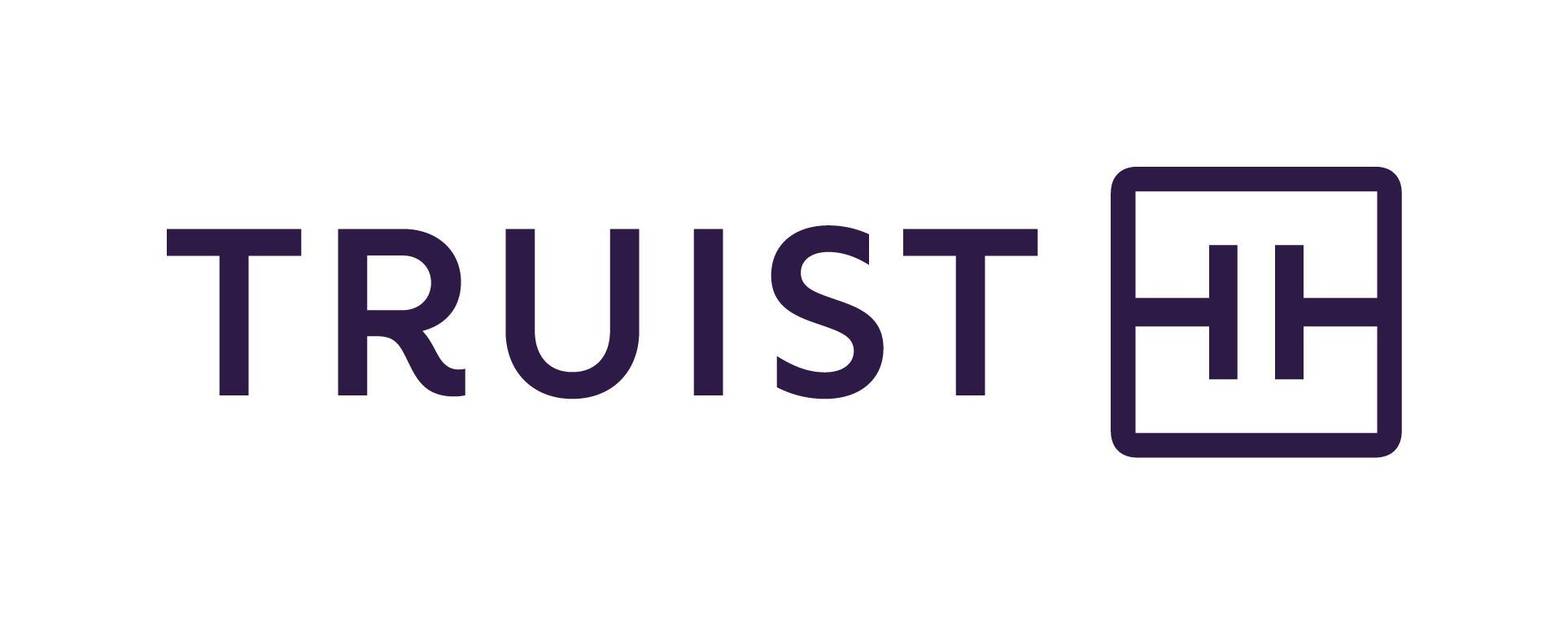For decades, the cost of college has grown much faster than wages. In response, the great majority of American students now borrow in order to earn a post-secondary degree. Today, borrowers leave school with an average debt load of more than $25,000. This pushes back their ability to realize important financial goals, such as saving for retirement or buying a home. We believe that student lending is a significant issue for low-income households.
Adam Rust followed a young woman for 18 months as she attended two for-profit colleges. Read her story here in Salon Magazine, or download it below.
Lending at North Carolina’s Historically Black Colleges and Universities
In 2009, Reinvestment Partners reviewed financing – both in terms of loans to students and for the financing options of the institutions – at Historically Black Colleges and Universities (“HBCUs”).














